Kyoto culture
Latest content and event information
-
"Tie-dye"It is a method of dyeing kimono that has been passed down in Japan for about 700 years.
By tying the fabric with thread and applying pressure, the fabric is dyed in a state where it is under pressure.
This is a traditional tie-dyeing technique called "makiage shibori," which creates patterns without the dye soaking through.
The way the pleats are gathered and the way the string is wrapped around the fabric will affect how the white background appears,
The skill comes into play in deciding which parts to dye.
You can choose from a wide range of 20 colors.
You will create a unique, one-of-a-kind piece of art just for you.
You can take your creations home with you.
experiencetaikenKYOTOLINK KYOTOhistoryexperienceKyotoKyoto culture
-
① Visit to the Silk Fabric Museum (time required: about 15 minutes)
The White Silk Fabric Museum is a museum specializing in white kimono fabrics. We exhibit about 50 types of white fabrics carefully selected from the 200 types and 3,000 patterns that Itoyuki has woven so far for post-dyeing (dyed kimono), where fabric is woven from raw silk and then dyed later. You can actually touch the white fabrics, which have various characteristics depending on the production area and type of thread, and see their texture and beautiful luster. We will introduce the process of making one bolt of white fabric, including cocoon production by domestic silkworm farmers and information on the amount of cocoons needed for a kimono.
② "Handloom" Experience (Time required: approx. 15 minutes)
Our in-house instructor will demonstrate the handloom weaving process and explain how the warp and weft threads work. Afterwards, you can enjoy the experience of weaving using a handloom.
3. Kinsai Yuzen Workshop (Time required: approx. 1 hour 30 minutes)
Enjoy the experience of dyeing pure silk fabric, a high-quality material used in kimonos, with the Yuzen technique and finishing with gold leaf. Our in-house instructors will provide careful instruction, so even beginners can participate with confidence. The completed work will be framed and handed to you, so you can take it home as a keepsake.

Link KyotoKyoto experiencetraditional craftsLINK KYOTOKyoto sustainable tourismsustainableKyoto sightseeingKyoto culturetraditional culture
-
A long-established inn founded in 1912"Sumiya Ryokan"
The calm, sukiya-style building stands out in Sanjo Fuyacho, the heart of Kyoto. From the guest rooms and teahouse, you can enjoy the beautiful changes of the seasons in the courtyard.At the matcha experience at Sumiya Ryokan, you will be taught how to make and drink matcha, and you can try making it yourself or drink the matcha you made with your family or friends.You can have a fun time.
Sumiya Ryokan is also famous as a tea ceremony inn with deep ties to the Urasenke school. There are five tea rooms in the building, the most famous of which is Gyokutoan. It was named by the 14th head of the Urasenke school, Tantansai, after his predecessor, who was born in the year of the rabbit.
This plan is,Private plans for groupsFor those who are not comfortable sitting upright, we also have chair seats available. Please take this opportunity to come to Sumiya Ryokan.
The official website of Sumiya Ryokan can be found here
Private experiencePrivate ExperienceSumiya RyokanMatcha ExperienceKYOTOKyoto experienceTea ceremonylong-established storeMatchatea roomLINK KYOTOhistoryexperienceKyotogenuineKyoto culturetraditional culture
-
▶Kyoto dance performance by geisha and maiko
Kyomai (Kyoto Mai Dance) will be performed in the Inoue style by a geiko or maiko. A rare opportunity for visitors to see these graceful dance up close, allowing them to experience the permanent exhibit more intimately. Two Kyomai songs will be performed for a total of about 15 minutes.
▶Permanent Exhibition on Kagai Art Culture
An introduction to the world of geiko, maiko and their culture through a diverse range of exhibits, from exquisite hand-painted Yuzen kimono and Nishijin brocade obi sashes, to personal belongings and makeup used by maiko. Exhibits feature precious items such as kanzashi hair ornaments for each season and black crested formal kimono, which are rarely seen in the Gion quarter. Along with photographs conveying the unique atmosphere of the Kagai district, immerse yourself in this secretive yet glamorous world.-In the Kagai districts of Kyoto, women who perform traditional dance and music in ozashiki banquet rooms and on stage and entertain guests are referred to as geiko (and not geisha). Women training to become geiko are called maiko.
Hanamachi Art MuseumKyoto DanceKYOTOLink Kyotomaikogeishatraditional craftsLINK KYOTOKyoto tourism moralsKyoto sustainable tourismsustainablecarbon neutralKyoto sightseeingKyotoKyoto cultureEmpty-handed sightseeingEntertainment districttraditional culture
-
"Okazaki-an" is a Japanese-style mansion built by "Ueba Hide", a famous geisha in Kyoto, to live out the rest of her life with her husband "Shundo Koji", who was a producer at Toei, and their daughter "Takako".
It is a luxurious building with modern interior design and a Noh stage made entirely of cypress, which was rare at the time, and the windows offer a panoramic view of the torii gates of Heian Shrine and Mt. Daimonji.
This is a luxurious plan where you can enjoy a meal while watching a maiko perform on the Noh stage in this elegant setting.
Limited to one group per time slotSo, after your viewing, you can take commemorative photos, chat with the maiko, and have them all to yourself, which will surely be an unforgettable memory of your trip to Kyoto.
Japanese ResidenceOkazakianDance AppreciationOkazakiKYOTOLink KyotoKyoto experiencespecialmaikogeishaLINK KYOTOKyoto sightseeingKyotogenuineKyoto culturetraditional culture
-
It has been passed down as one of Japan's traditional arts, along with flower arranging and tea ceremony."The Art of Incense"is an art form in which fragrant wood is burned and the scent is used to evoke poetry or scenes.
In this plan, you can learn about the culture of incense and participate in an incense gathering where you can light several different types of incense and try to guess which ones have the same scent.
The "Oko no Kai" is a descendant of the 12th Emperor Keiko.Hosted by the head of the Sanbon Oeda school of incenseThe location is a mansion built by Japanese painter Kansetsu Hashimoto as a studio for his own work."Hakusamuraso"Why not experience this elegant culture that has continued since the Heian period?
IncenseCulturetraditionIncense ceremonyIncense ClubHeadmasterSanpin Oeda School of Incense CeremonyHakusamurasoSakyo WardKyoto CitycultureKYOTOLink KyotoKyoto experienceLINK KYOTOhistoryexperienceKyotogenuineKyoto culturetraditional culture
-
Educational travel Inquiry program
[Experience Learning] Kyoto Nishiki Market Shopping Street - Towards the realization of a shopping street that combines tradition and innovation
- Considering the future of "Kyoto's Kitchen" -
Nishiki Market has flourished as a fish wholesaler since the Edo period, with over 130 stores lined up along the 390 meters from east to west from Teramachi to Takakura. Walking through the long market is like walking down a road of 400 years of history. Learn about 400 years of history and food culture, and think about the "responsibility to the future" that Nishiki Market bears in the field of "food," which is closely linked to the SDGs!Nishiki Market Shopping Street, KyotoLINK KYOTOKyoto sustainable tourismexperienceHospitalityKyoto culture
-
Educational travel Inquiry program
[Educational Program] Kyoto College of Traditional Crafts Traditional Business Inheritance Program
We will hear about the history of Kyoto and traditional crafts, as well as the current and future prospects. We hope that you will be able to use this information to think about your own future by learning about the connection between school studies and society. You will also learn about how crafts are a part of our daily lives.
MakieSculptureKyoto hand-drawn yuzentraditional craftsLINK KYOTOKyoto culturetraditional culture
-
Educational travel Inquiry program
[Arts and Culture Lecture] Gion Hanamachi Art Museum "The Beauty of the Gorgeous Maiko and the Arts and Culture of Gion"
Gion Kobu in Kyoto has a history of several hundred years. The special existence of "geisha" and "maiko" is made up of the best of Kyoto's various traditional crafts and performing arts. Preserving the unchanged geisha culture since ancient times leads to the passing on of precious traditional techniques.
Geiko and maiko are communication professionals, and their beauty comes not only from their appearance but also from within.
Experience the carefully handed down craftsmanship of the masters and the spirituality of the geisha and maiko who cherish every single gesture and courtesy, and experience the essence of the Japanese culture that Kyoto is so proud of around the world.Flower Street CultureInoue SchoolEtiquettewordingmaikogeishaLINK KYOTOhistoryHospitalityKyoto culturetraditional culture
-
SustainabilityEducational travel Inquiry program
[Matcha Tea Making Experience] Uji Matcha Journey: A traditional experience connected to the SDGs
Welcome to the "Uji Matcha Journey".
In this program, you will learn about the manufacturing process of Uji matcha and discover its connection to the SDGs through the experience of making matcha with your own hands. First, you will visit the museum to explore the entire process from tea cultivation to production, and how Uji tea became a brand. Next, you will experience the traditional manufacturing process of matcha in an experiential class led by a Japanese tea instructor. Through this journey, you will discover how a cup of matcha is connected to the earth and deepen your understanding of the SDGs.Matcha makingTeaKyoto experienceUji teaLINK KYOTOKyoto sustainable tourismKyoto cultureSDGs

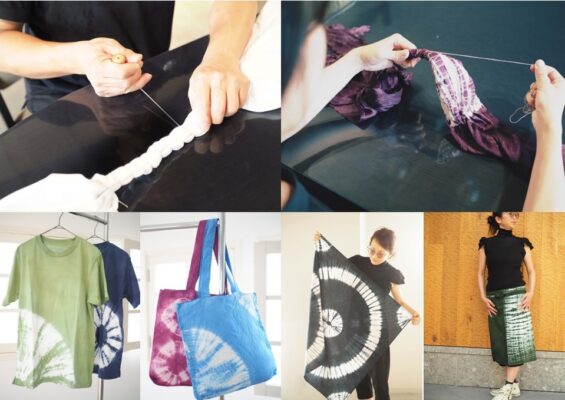

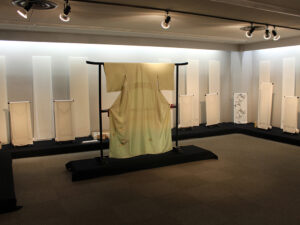
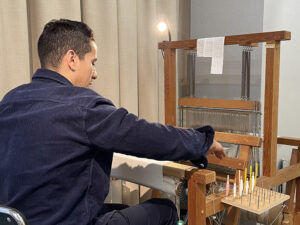

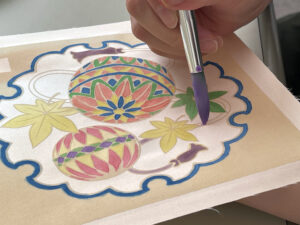

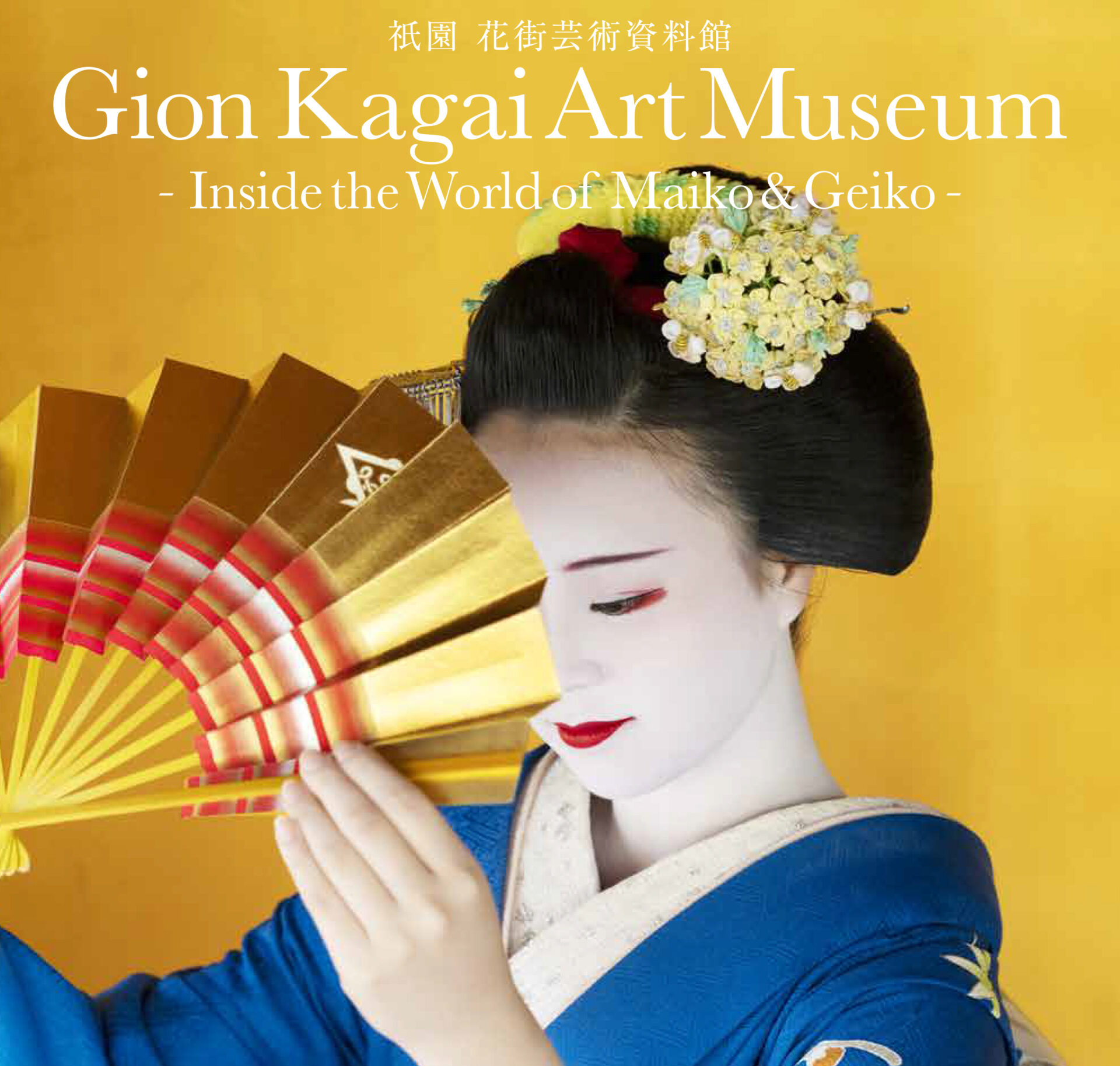
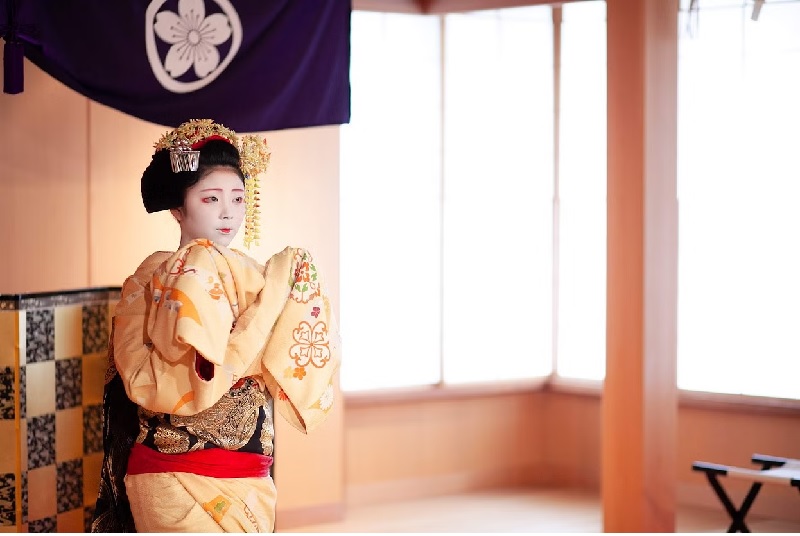
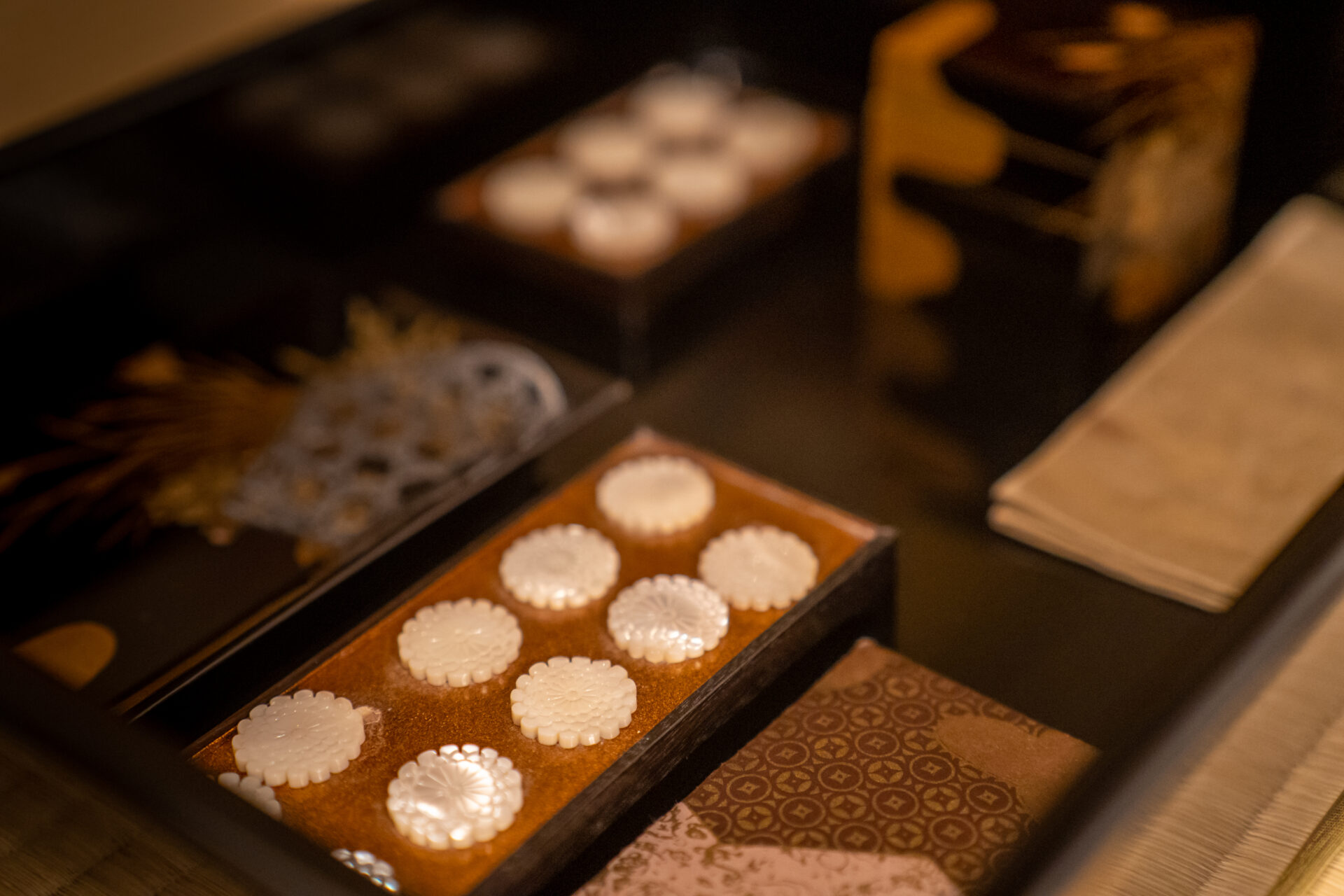
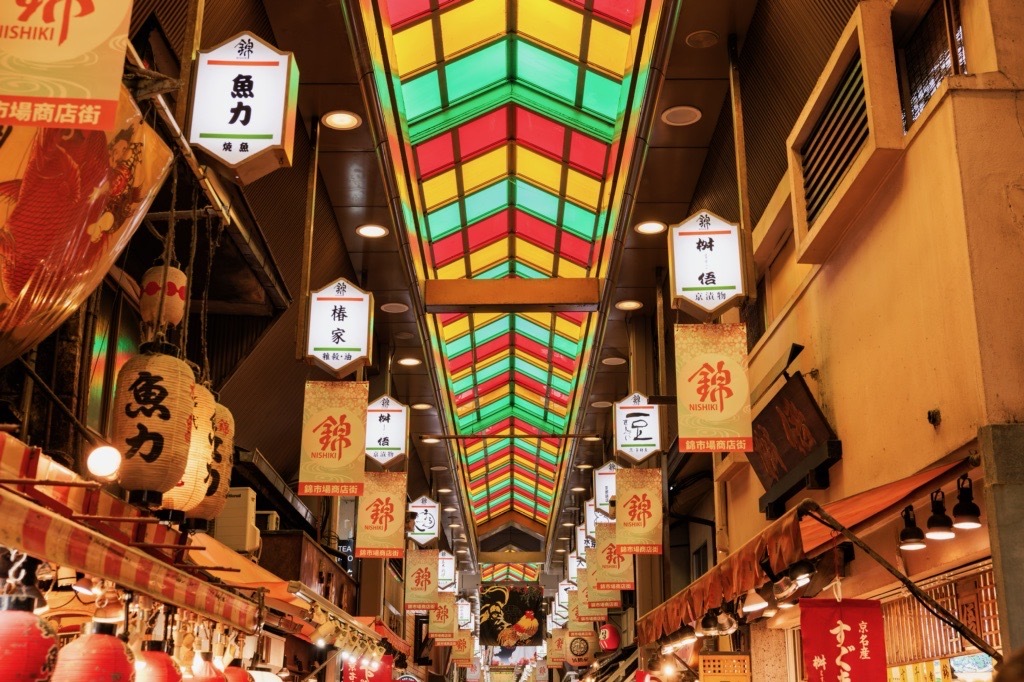

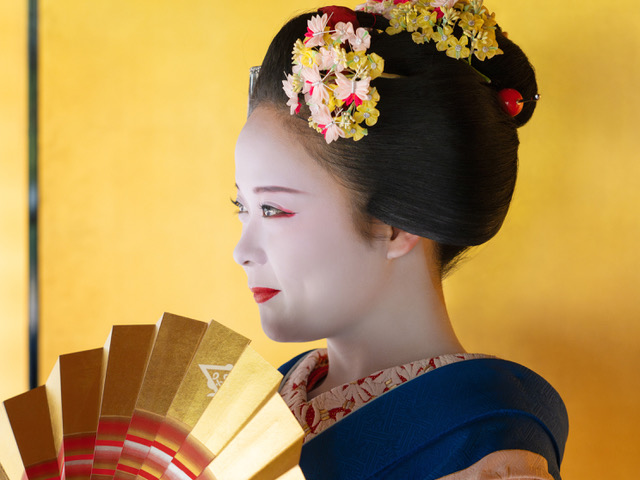
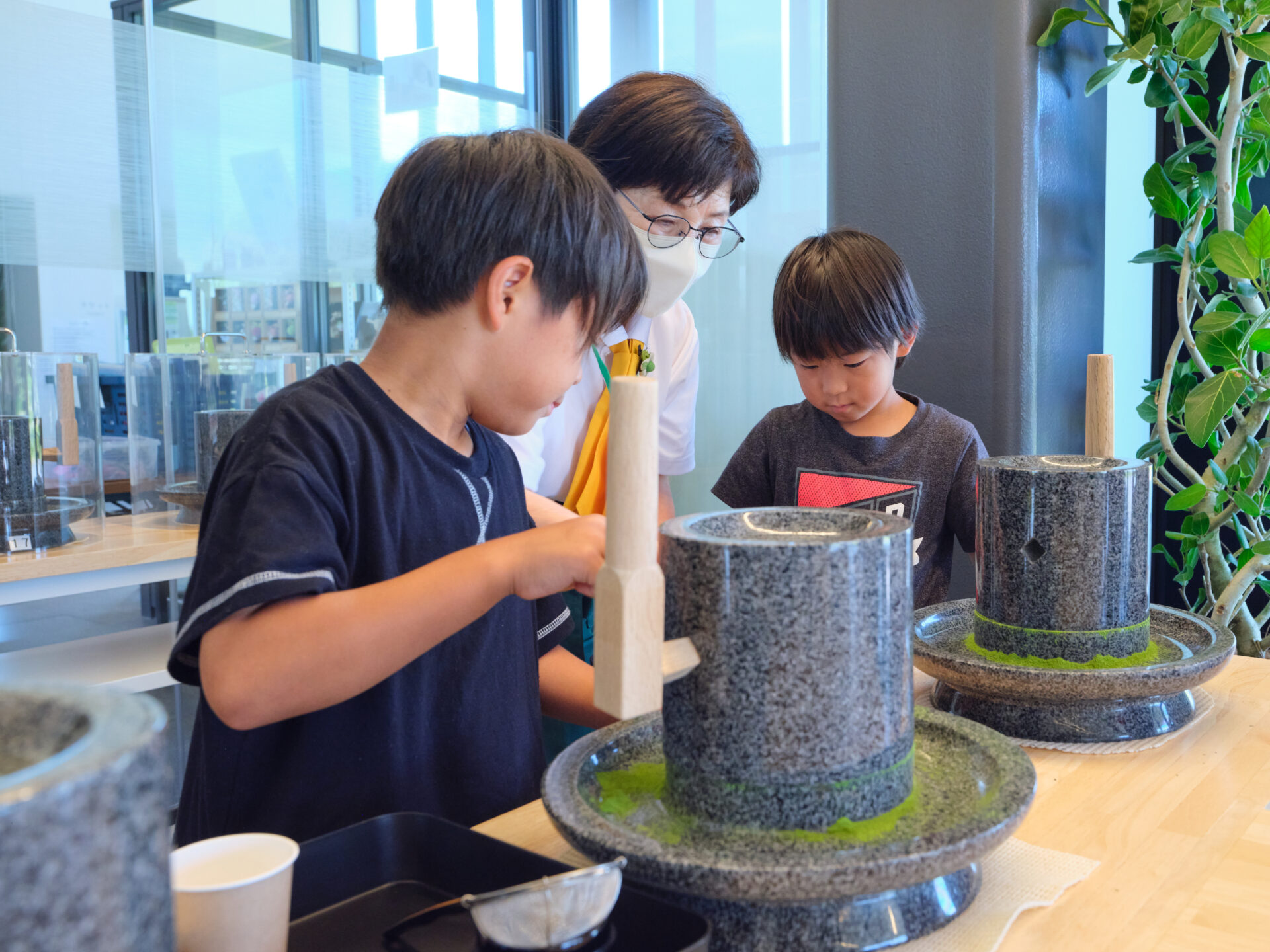
 Kyoto experience
Kyoto experience Contact us by phone
Contact us by phone Contact by email
Contact by email